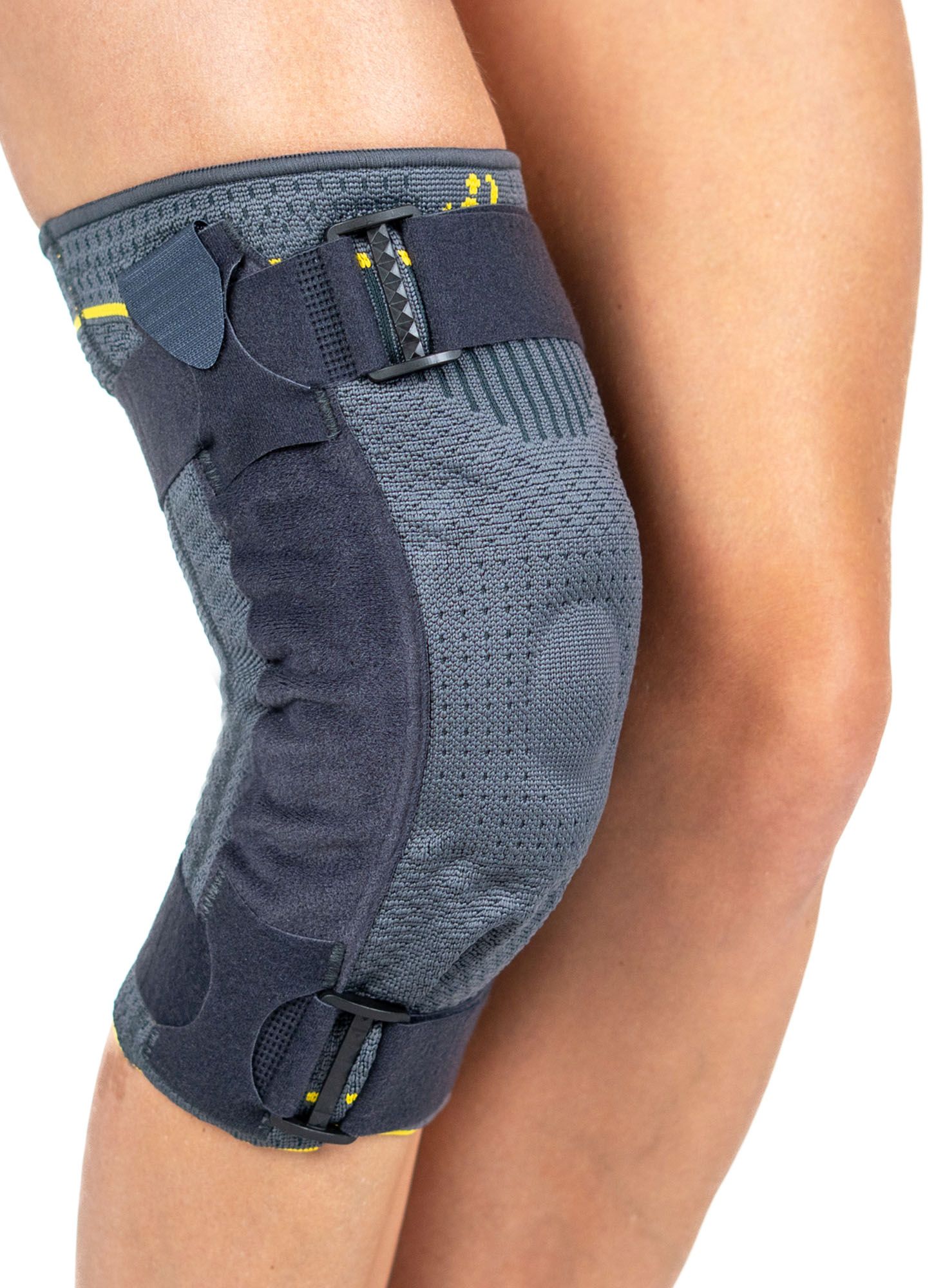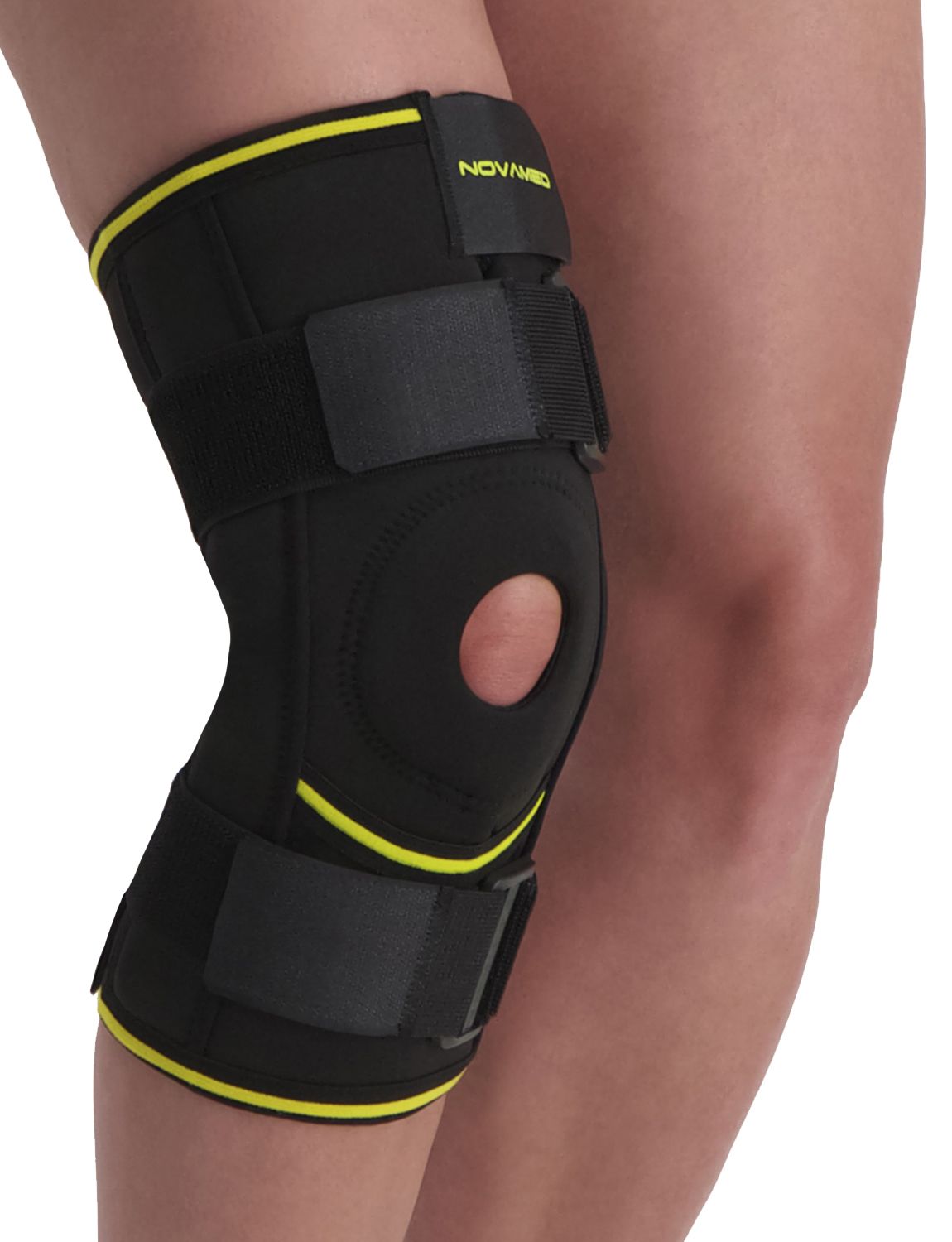Cruciate Ligament Problems (anterior cruciate ligament / posterior cruciate ligament)
The anterior cruciate ligament (ACL) is a ligament located in the center of the knee, with one end attached to the thighbone and the other to the shinbone. The ACL runs in a crossed position and prevents the joint from shifting forward. When this ligament is torn, it is referred to as a ruptured anterior cruciate ligament.
Causes of ACL injuries
A torn anterior cruciate ligament is typically the result of a sports injury. In addition to damage to the ACL, injuries to the medial collateral ligament and the medial meniscus can also occur.
Symptoms of ACL problems
Tearing of the anterior cruciate ligament causes bleeding in the knee, resulting in swelling and pain within a few hours. In 80% of cases, a popping sound can be heard. The knee cannot be fully extended, and the patient can hardly walk. After about two weeks of severe pain, the knee may be cautiously loaded again. The doctor will ask when the swelling started. If this occurred within a few hours, there is likely blood in the knee, making it too painful to examine immediately. The general practitioner may use a needle and syringe to remove the blood and then examine the knee. You will be asked to lie on your back and bend your knee. The doctor will then pull the lower leg upward in relation to the thigh — if this movement occurs, it indicates a torn ACL. X-rays will be used to rule out any fractures.
Treatment for ACL injuries
In the case of a torn ACL, the doctor may initially adopt a wait-and-see approach. You can choose to undergo treatment by a physiotherapist, who will work on strengthening the knee flexors (hamstrings). Patients with blood in the knee typically experience symptoms for about six weeks. One-third of all patients with this condition do not have ongoing issues and can move normally. Another third frequently experience their knee giving way and may be eligible for ACL reconstruction. The final third only experience symptoms during sports activities. These individuals may choose to wear a brace during sports. If not, they can also opt for a new ACL.
A new anterior cruciate ligament is usually created from the patellar tendon, where the middle part is cut out, including a piece of bone from the kneecap on one side and the shinbone on the other. Using arthroscopic surgery, the graft is secured into a drilled tunnel in the shinbone at the original ACL location. Sometimes, the new ligament is made from tendons of the knee joint.
To prevent this issue or assist with rehabilitation, we recommend wearing a knee brace.

Bauerfeind GenuTrain S Hinged Knee Support

Morsa GenuBerg M4 Hinged Knee Support

Novamed Lightweight Hinged Knee Support

Novamed Knee Support with Adjustable Hinges

Novamed MAX Hinged Knee Support with Crossed Straps

- Physiotherapist
- Sports podiatrist
- Manual therapist
- Podopostural therapist
- Myofascial dry needling specialist


